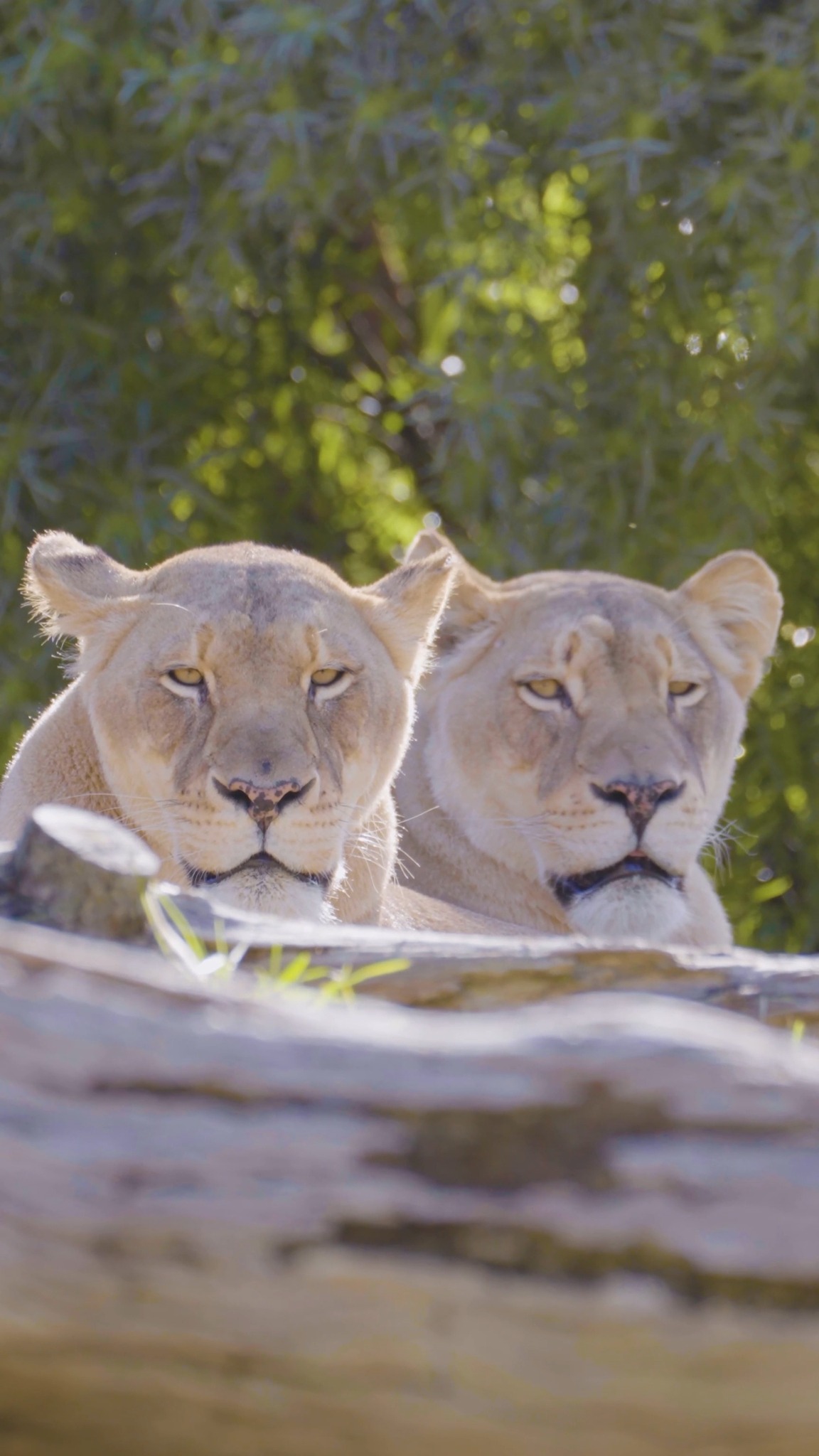- Explore the social behaviors and communication strategies of animals in controlled environments.
- Discuss the importance of zoo management techniques in promoting animal welfare and conservation.
- Highlight the role of wildlife conservation efforts in preserving endangered species.
- Examine the psychological and physical benefits of human-animal interactions.
- Delve into the technological advancements facilitating better care and management of zoo animals.
The digital post titled “The girlies serving face (and cuddles)…” captures a moment that offers far more than just a social media reel. It opens a conversation about the complex dynamics between humans and animals in controlled environments like zoos. This interaction represents a fascinating study in social behavior and communication among animals in captivity and their interactions with humans.
Animals, much like humans, have intricate social structures. In controlled settings such as zoos, these behaviors can be more easily observed and analyzed. Zoo environments aim to replicate natural habitats, promoting the physical health and psychological well-being of the animals. Observations from such setups allow researchers to understand better the social dynamics and communication strategies employed by various species.
The communication among animals in captivity differs from that in the wild due to the modified social structures and environmental stimuli. For example, animals might display altered vocalization patterns or changes in body language when interacting with each other or zookeepers. Understanding these differences is crucial for zoologists aiming to promote the animals’ overall well-being.
Zoo management plays a pivotal role in fostering favorable living conditions for animals. A critical component is the design of enclosures that mimic natural habitats while accommodating the specific needs of each species. These strategic designs help reduce stress and promote natural behaviors, contributing to a better quality of life. Additionally, educational programs conducted within zoos educate the public about the importance of conservation and animal welfare.
Staff training and enrichment activities are also fundamental in zoo management. Enrichment activities, for example, encourage animals to exhibit natural behaviors, keeping them physically and mentally stimulated. These can range from providing new objects for exploration to implementing problem-solving tasks that mirror challenges animals might face in the wild.
Conservation efforts stand at the forefront of zoos’ missions worldwide. With numerous species facing extinction, efforts to breed and reintroduce them into the wild are essential. Zoos serve as genetic reservoirs, offering a controlled environment where species can be bred safely. Successful breeding programs have seen species such as the California condor and the black-footed ferret brought back from the brink of extinction.
These initiatives often involve collaborations with global conservation agencies and local governments, forming a network that supports biodiversity. By participating in such collaborations, zoos contribute valuable research and logistical support, helping formulate strategies for in-situ and ex-situ conservation efforts.
Human-animal interactions provide psychological and physical benefits, not only for humans but also the animals involved. The presence of humans can serve as a form of enrichment for zoo animals, providing stimuli that are both mentally and emotionally engaging. However, these interactions must be carefully managed to prevent stress or harm to the animals.
For humans, engaging with animals can reduce stress, lower blood pressure, and enhance mood. These interactions often highlight the importance of empathy and mindfulness, encouraging human visitors to consider their role in preserving the natural world.
Technological advancements have revolutionized the way zoos operate and how they care for their inhabitants. From monitoring systems that track the health and behavior of animals in real-time to advanced veterinary care techniques, these innovations help zoos meet the welfare needs of their animals more efficiently.
Electronic Health Records (EHRs) for animals, for example, allow for precise tracking of medical histories and nutritional needs, ensuring a high standard of care. Advances in imaging technologies enable veterinarians to diagnose and treat medical conditions with minimal invasiveness, ensuring that the animals’ physical health is maintained alongside continuous behavioral observations.
The girlies serving face (and cuddles) remind us of the deep, intrinsic connections between humans and the animal kingdom. This connection is further explored and strengthened in zoo environments where educational, conservation, and welfare initiatives interact to promote a healthier planet. The task remains to balance human engagement with the unyielding responsibility of ensuring the welfare of these captivating creatures, highlighting the vital role that zoologists, conservationists, and zoo managers play in this ongoing endeavor.
*****
Source Description
The girlies serving face (and cuddles) 👑


